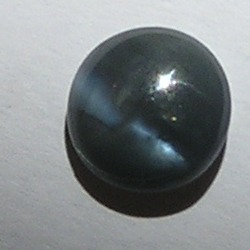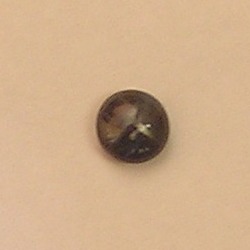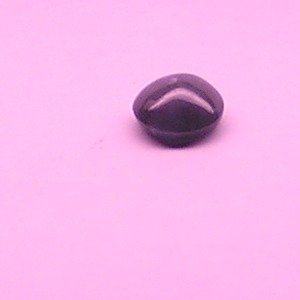Phantasmagoria
Rough_Rock
- Joined
- Aug 5, 2006
- Messages
- 6
I know there is a topic section somewhat like this ones, but it is not quite about my question. The other topic asked what the difference was between Alexandrites and the other simular color-changing stones.
My question is, If one baught a stone they believed to be Alexandrite, how could he/she tell if it really is an Alexandrite, or just a color-changing sapphire? If it helps, here is a picture of the exact stone i am curious about.
Alexandrite in queston.
My question is, If one baught a stone they believed to be Alexandrite, how could he/she tell if it really is an Alexandrite, or just a color-changing sapphire? If it helps, here is a picture of the exact stone i am curious about.
Alexandrite in queston.









300x240.png)